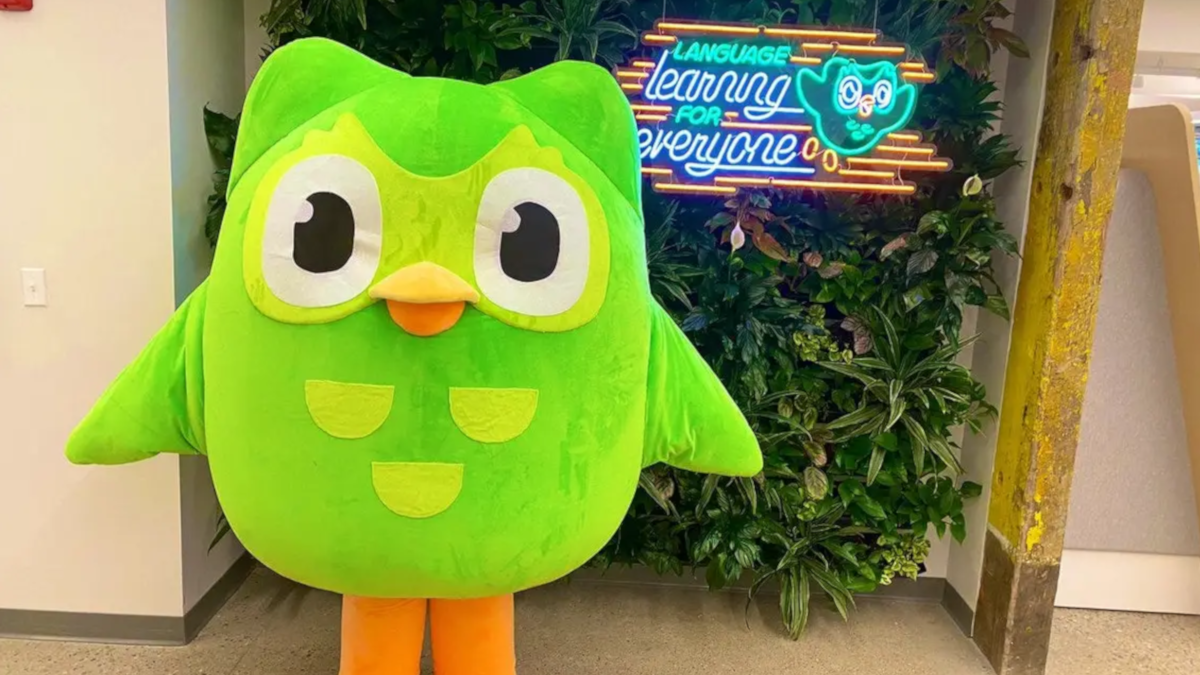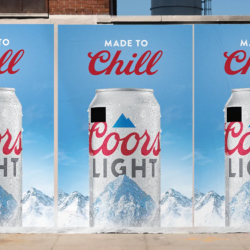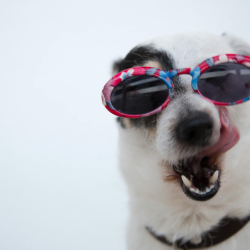When trying to come up with modern ‘funny’ brand examples across social media, the same few companies come up, time and again. Duolingo’s angry aggressive TikTok mascot, Ryanair’s self-deprecating videos, Greggs’ tongue-in-cheek limited editions that often go viral (like their 2022 Primark clothing range). Social media is often key to engaging with an audience.
Why then, are so few brands using humour effectively? Here are a few factors at play:
‘Silence, brand’
The ‘Silence, brand’ meme has been around for years, ever since brands started joking amongst each other on Twitter in an effort to seem relatable; but came across very ‘How do you do, fellow kids?’. To this day, when a brand randomly comments on a viral post, the response is often ‘What are you doing here?’, ‘sponsor me’, or a variation of ‘silence, brand’. Casual, uninvited engagement is quickly called out as clout chasing. Brands can’t just pop up and try to join in, because they aren’t part of the ‘audience’ like anyone else. At best, they can be accepted as the content creator or the sponsor behind the content. Some brands have found a way to join in, however, most famously Duolingo.
Duolingo can easily comment on random videos because they have created a distinct character with personality. It isn’t the amorphous brand talking, it’s the angry bird mascot. And like many people who comment on the internet, they’re in a perpetual state of being ‘a bit pissed off’. It works because it feels like one of us talking, not a corporate logo with a nameless worker in charge of the social media account.
Bad guys can’t make jokes
Big conglomerates are under quite a lot of scrutiny these days, to put it mildly. Social media boycott movements are cropping up all the time in response to big brand missteps and political allegiances. In this context, huge global brands making jokes can feel wildly inappropriate. In fact, we’re more often laughing at them than with them, e.g. the Oblivia Colemine anti-big oil ad that used humour to expose the hypocrisy of big oil companies.
Smaller brands, however, can be funny, as they are (perceived to be) less likely to be bad. For example, Scrub Daddy use a lot of irreverent humour that regular big brand cleaning products just don’t get away with. So much so that they have 4M followers on TikTok. And they make sponges.
Cringe
Humour is very subjective, and very generational. It’s all too easy for a brand to think they’re making a joke that appeals to everyone, for it to turn out to be a ‘dad joke’ to many. It’s even worse when brands try to join in with trends that have moved on by the time they catch up. It’s better to say nothing at all than to try and fail.
This can sometimes be avoided if the campaign actively leans into the cringe. CeraVe’s Michael Cera advert utilises Cera’s signature awkwardness to poke fun at the beauty industry, advertising, and the brand itself. It works because CeraVe is known for very clinical content, focusing on ingredients and education. This is the first time they’ve tried to be funny, and the whole point is that it’s an awkward, silly dad joke that doesn’t suit them. A joke that itself started on social media.
Brands can be funny online, but it requires research, attention, and specificity. Some ways to get around the social media minefield include:
- Giving the social media account a distinct persona and personality
- Paying attention to how the brand is perceived politically
- Embracing potential awkwardness and cringe
Given how few brands are doing well in this space, there’s plenty of room for more.
Featured image: Michaela Kron / Duolingo
































